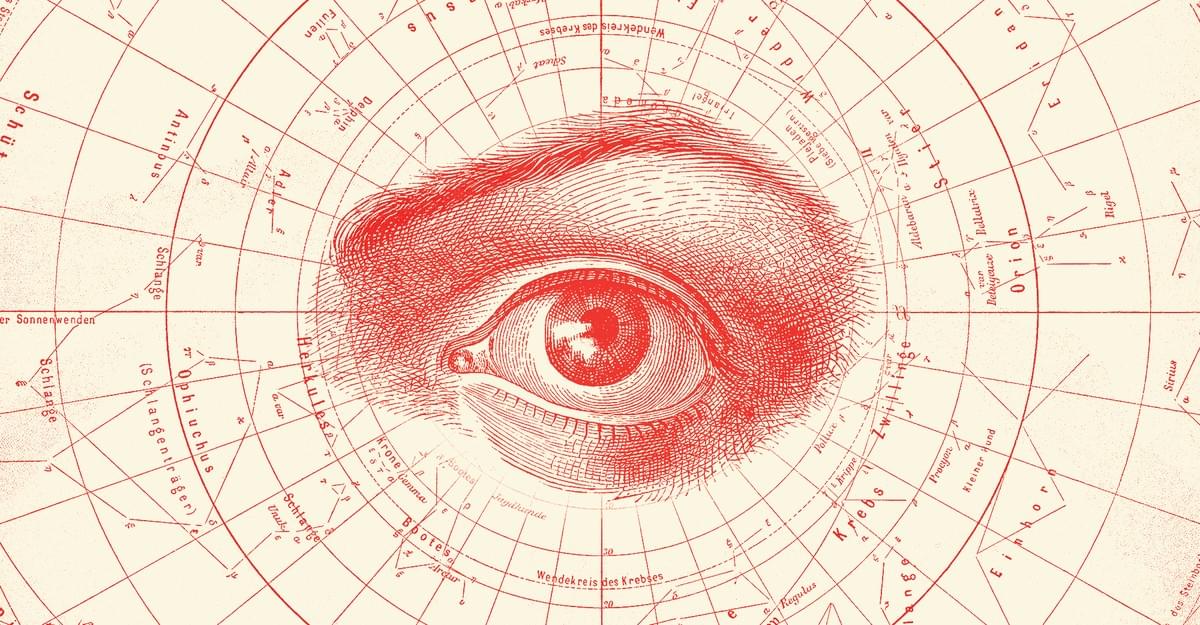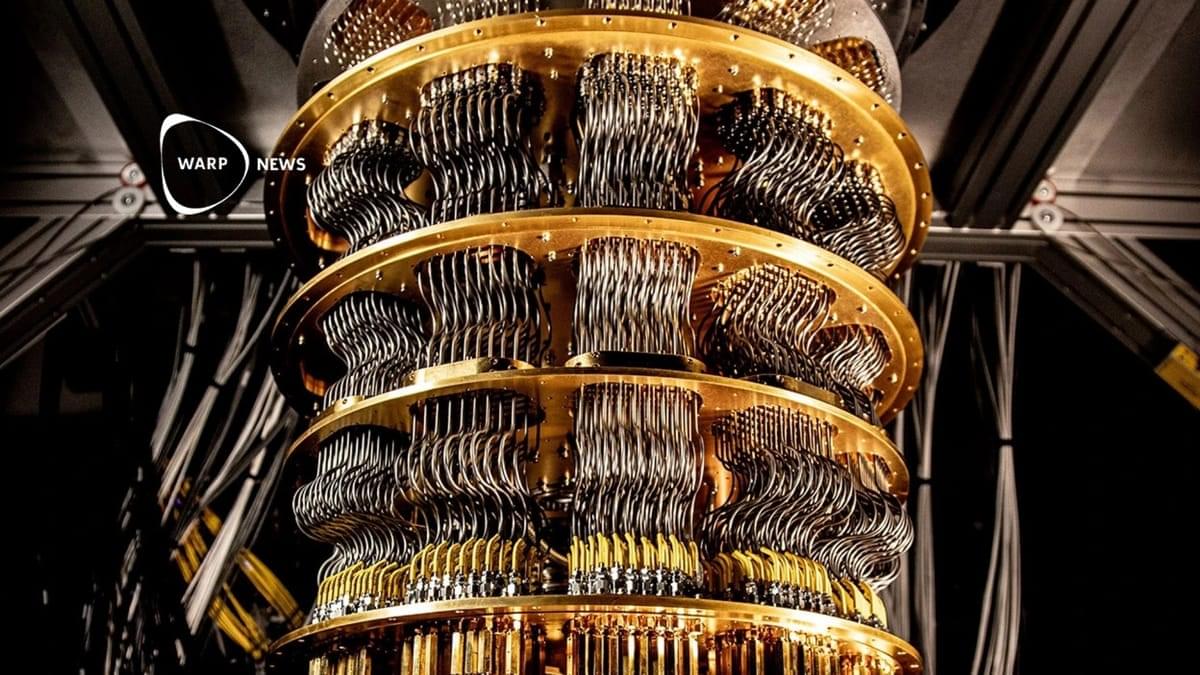Nano-enhanced perovskite solar cells last 10x longer by trapping iodine, paving the way for durable, affordable solar technology.
Get the latest international news and world events from around the world.
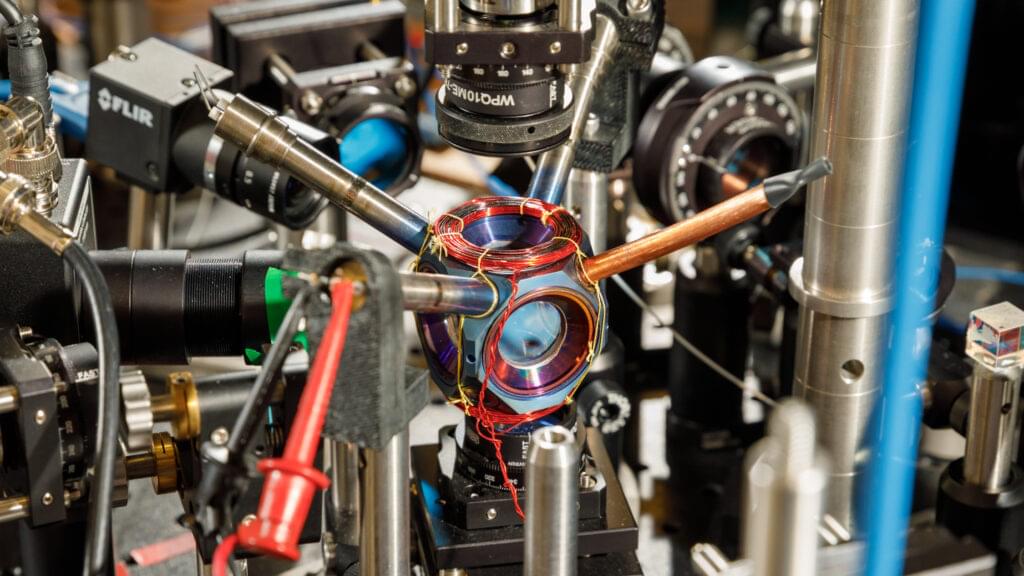
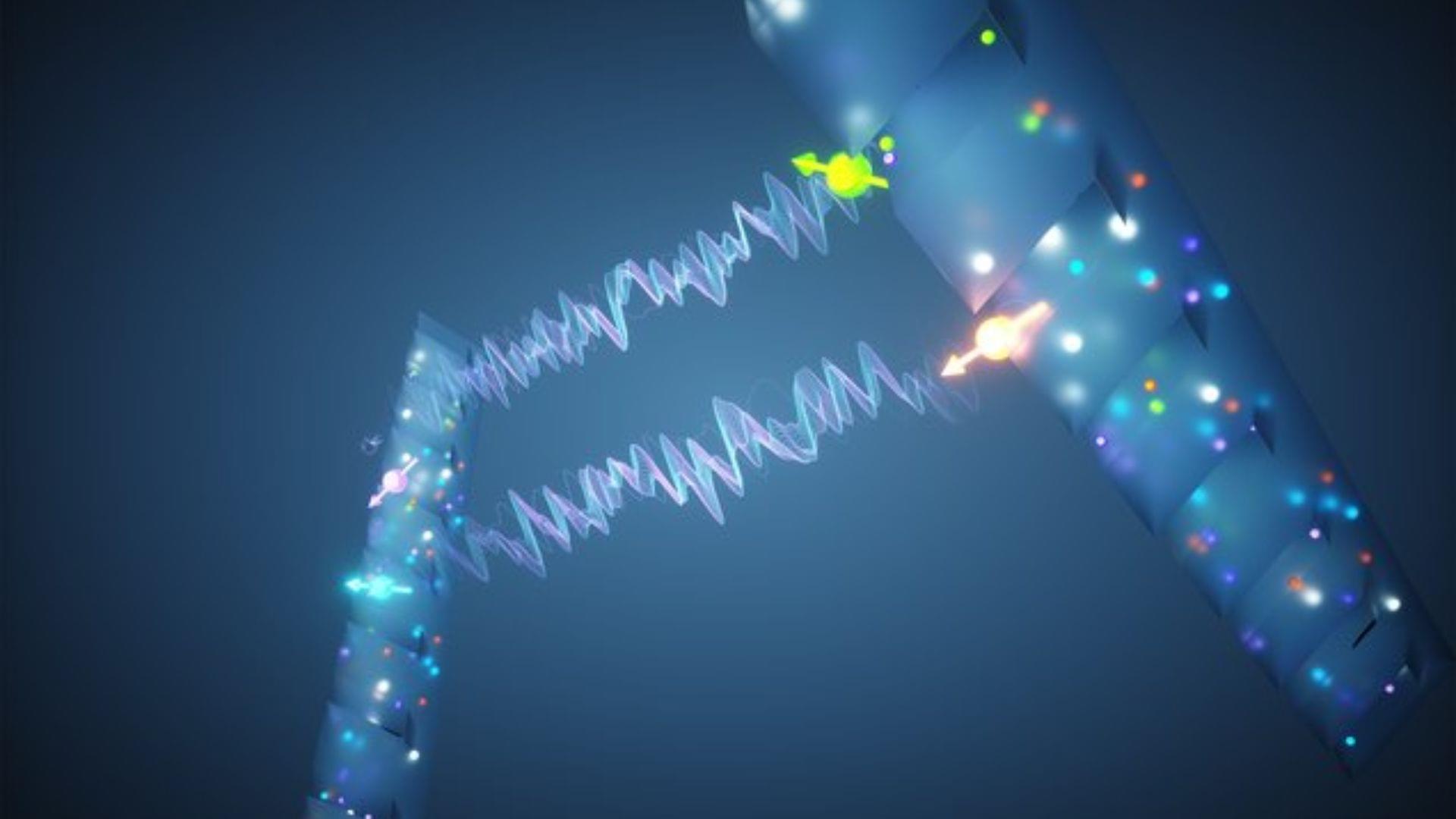

Huge cyberattack found hitting vulnerable Microsoft-signed legacy drivers to get past security
A huge cybercriminal campaign has been spotted utilizing outdated and vulnerable Windows drivers to deploy malware against victims. The campaign originated in China, and the majority of the victims are also located in China.
An in-depth article published by cybersecurity researchers Check Point said the attackers identified a vulnerability in the Truesight.sys driver, version 2.0.2. This is an older version, known to allow arbitrary process termination.
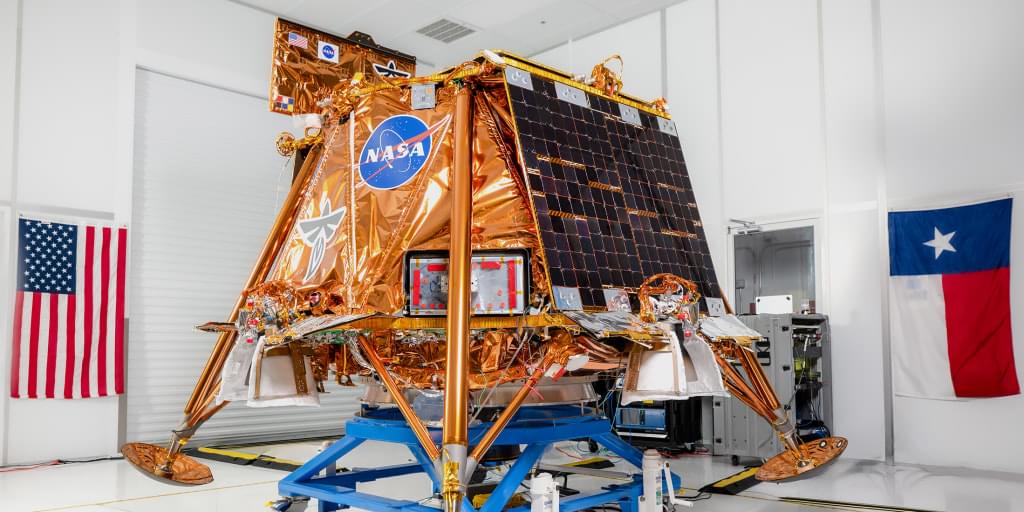
A privately built spacecraft is about to attempt a moon landing
A privately built spacecraft is hours from attempting to land on the moon, a feat that only one other company has accomplished in spaceflight history.
The robotic lander, dubbed Blue Ghost, has been in orbit around the moon for roughly two weeks, preparing for its daring descent. Texas-based company Firefly Aerospace developed the spacecraft, which aims to touch down on the lunar surface early Sunday at around 3:34 a.m. ET.
If all goes according to plan, Blue Ghost will become the second privately built vehicle to land on the moon successfully. In February 2024, another Texas-based company, Intuitive Machines, made history when its Odysseus lander pulled off a nail-biting touchdown near the moon’s south pole.
Creation of the humanoids 1962 vintage movies
Suscribe, like, thanks.
First petawatt electron beam arrives, ready to rip apart matter and space
Ultra–high-power particle pulses could boost x-ray science and laboratory astrophysics.
